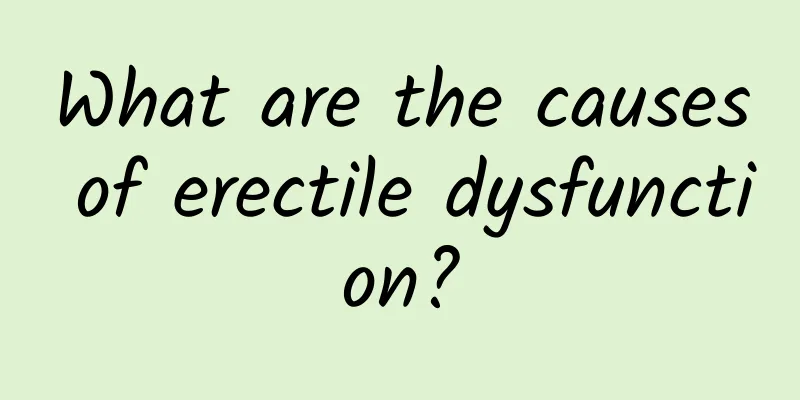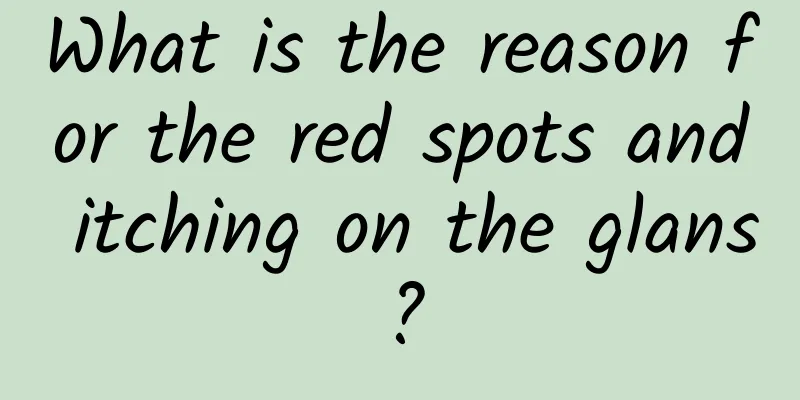What medicine is effective for glansitis?

|
Many people will encounter the problem of glansitis at ordinary times. The harm of glansitis can also be quite great, but we must pay close attention to it, choose appropriate methods, and do a good job of prevention. Patients with glansitis can usually take medication for treatment. Most of the medication types are anti-inflammatory and anti-infection. Patients with non-infection or non-inflammatory symptoms need to use other medications for treatment, but not all anti-inflammatory drugs can treat glansitis. Causes of glansitis The onset of glansitis is closely related to prepuce hyperplasia. It can also be caused by some non-infectious and infectious factors. 1. Non-infectious factors Including local trauma, friction, contraceptives, soap and detergents and other irritants, local manifestations may be edema erythema, erosion, exudation and even bleeding. If secondary bacterial infection occurs, it may become purulent and form an ulcer. The patient has obvious pain and difficulty in movement. Clinically, it is called acute superficial glansitis. 2. Candida infection Candida is a conditionally pathogenic fungus, so candidal glansitis often occurs secondary to diabetes, senile wasting diseases, and after large-scale antibiotic or hormone treatment. It can also be primary, mostly transmitted by the spouse's candidal vaginitis. The glans and coronal sulcus may have light red erosions and thin-walled abscesses, but Candida is often not found locally, which may be caused by local allergic reaction caused by Candida. 3. Amoeba infection Most patients first have balanoposthitis, which causes the local loss of normal barrier function, and then is caused by intestinal amoebiasis. Local erosion, ulceration, and tissue necrosis are obvious, and amoeba can be found in direct smears of secretions. 4. Trichomonas infection Most of the cases are caused by the partner suffering from vaginal trichomoniasis. The symptoms are mild, mainly manifested as erythematous papules and small blisters on the glans. The patient often feels itchy, and trichomonas can be found in the secretions. Oral administration: broad-spectrum antibiotics such as levofloxacin, amoxicillin, ornidazepam, norfloxacin (as long as they can treat urinary tract infections) For external use: anti-fungal ointment can be used, preferably Chinese medicine, such as Yifuwang, Herbal Itch Cleanser, etc. Generally, a course of treatment lasts 7-14 days. Clean and apply medicine every day. Three courses of treatment can generally cure the disease. It is best to follow the course of treatment to avoid recurrence. Note: 1. Drink plenty of water. First, it metabolizes antibiotics and reduces the burden on the kidneys; second, it increases the frequency of going to the bathroom to flush the urethra from the inside (pay attention to cleaning). 2. Clean the urethra opening every day with ordinary tap water at a low temperature. It is best to avoid using medicated lotions for daily health care, because the urethra itself has a certain acid-base balance, and when the balance is disturbed, it is easy to cause inflammation. |
<<: Recovery from seborrheic alopecia after quitting masturbation
>>: Can erythromycin ointment be used for glans inflammation?
Recommend
How to treat kidney yang deficiency? Three major Chinese medicine treatments are effective
Kidney deficiency is one of the most common disea...
To prevent allergies, you can use these three methods
For people with allergies, in order to avoid alle...
There is a small hard lump at the base of the penis
Some men accidentally found a small lump at the b...
What to do with mucus in male urine
Men are actually under a lot of work pressure eve...
What to do if you have knee pain while running? Things to note when running
Running is one of the most commonly chosen sports...
What might be the reason why men can’t hold their urine?
Our kidneys are the first place where urine is pr...
Itchy red pimples on the glans penis
Men must take good care of their hygiene. Don'...
Men should not eat dates
When it comes to the nutritional value and delici...
How can men reduce double chins?
In fact, many people don’t know that our chin is ...
Bipolar disorder, eating these foods can relieve mood
Depression is very common in our lives. Many peop...
How long should I take medicine for prostatitis?
Male prostatitis is very special. It is also a pa...
What to do if you have prostate bacterial infection?
Men are the mainstay of our lives. Once they fall...
The spicier you eat, the stronger your sexual ability?
Big nose = strong sexual ability The idea that a ...
Are lumps in male breasts serious?
The breast is a very important physiological orga...
What causes insomnia in men?
There are many male friends who often stay up lat...









